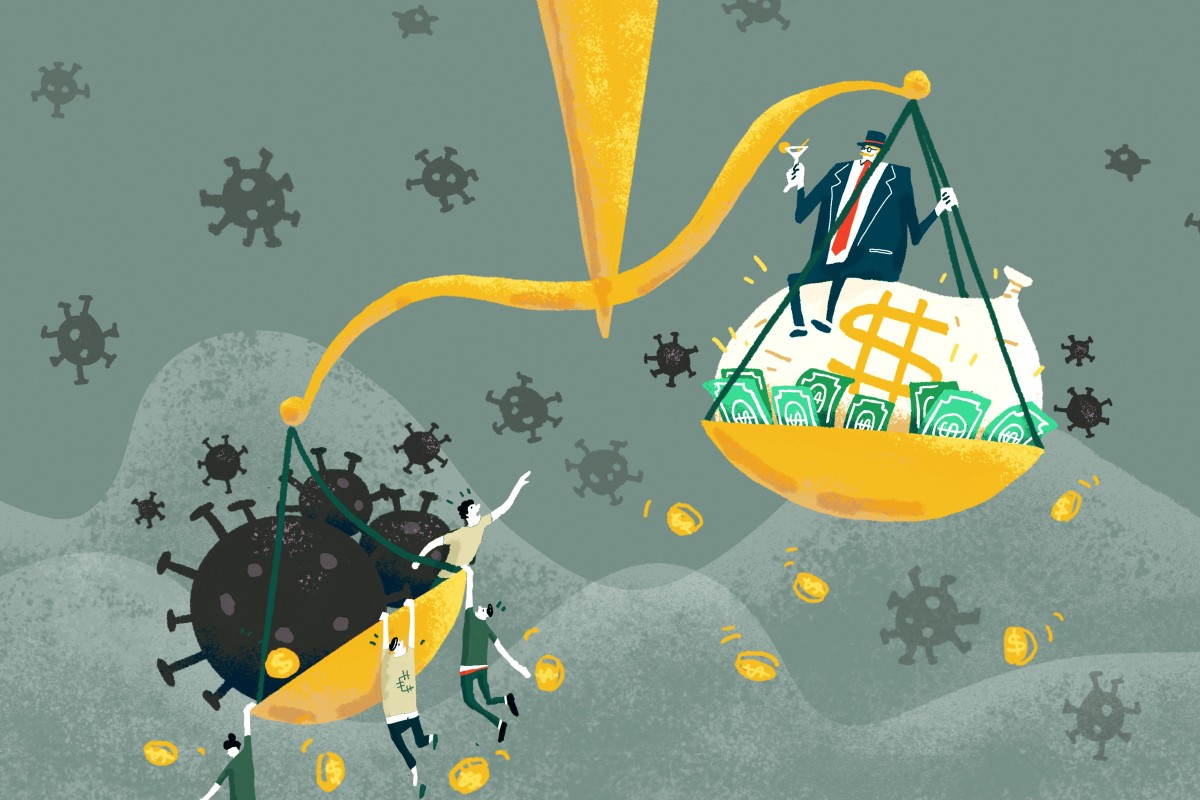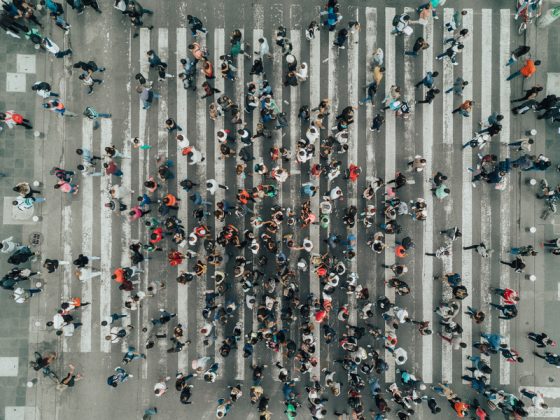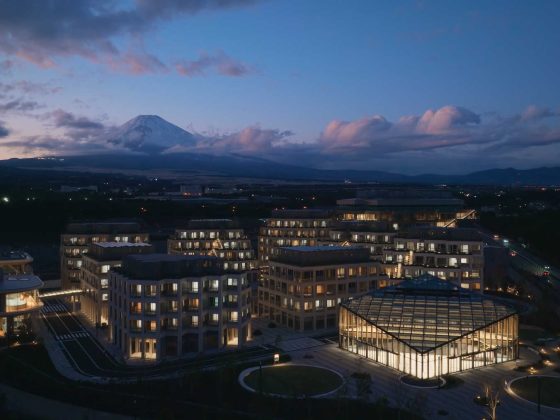In 2050, the world will be in one of four scenarios, according to Arup. This is the main premise of their recently published white paper, 2050 Scenarios: four plausible futures.
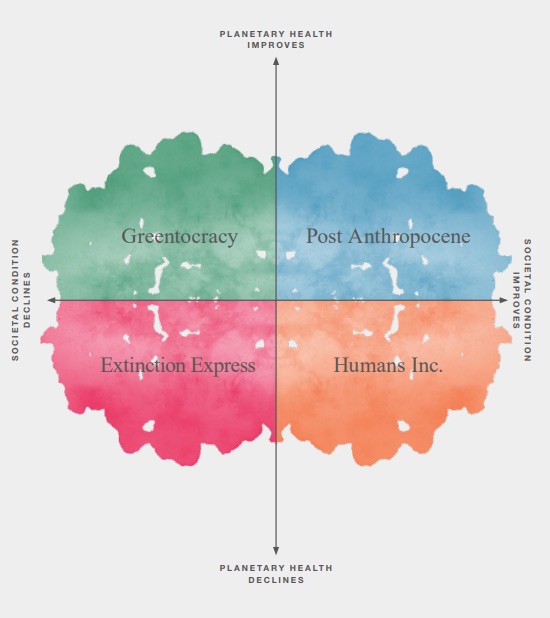
Previously, we have discussed the first outcome: Post Anthropocene. Here, we will delve deeper on the second outcome, Greentocracy.
In the Greentocracy scenario, the future world will be defined by two conditions:
1. Planetary health has improved.
2. Societal conditions have declined.
What will happen if the world prioritized planetary health at the expense of societal welfare? Let’s dig deeper.
The world is color green
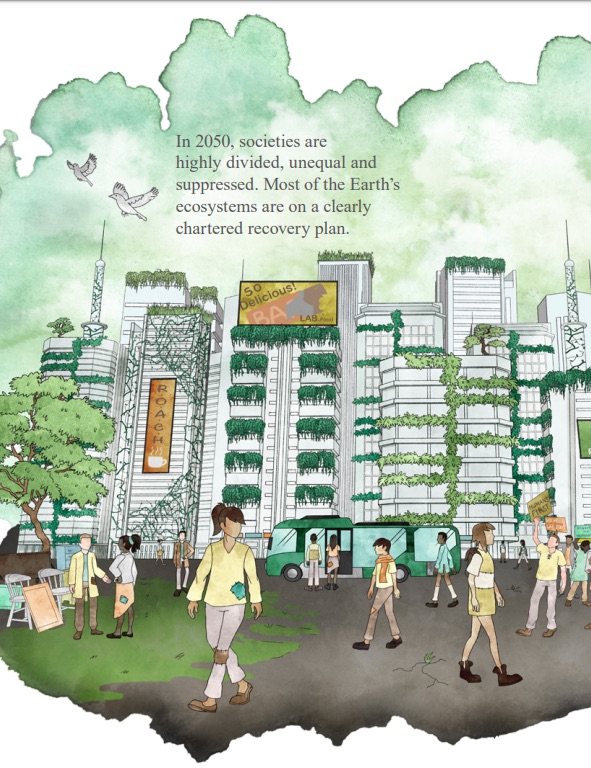
If in the Post Anthropocene scenario, the world is characterised by mutual progress and benefit, the Greentocracy scenario is a world where planetary health is made possible by severe restrictions on society.
With, governments in the Greentocracy outcome are predominantly authoritarian. Conflict and restrictive living conditions are consequently prevalent.
If 2050 ends up to be a Greentocracy, climate action and biodiversity recuperation are on top of the priority list of most national agenda.
A Greentocracy is a world where the current extreme climate conditions have compelled world leaders to focus on the health of the planet and nothing more. In this scenario, the world is made to think that a happy planet will imply that people will be happy as well.
However, we know that while a healthy planet is a necessary condition for societies to be healthy, it is in no way sufficient to ensure the welfare of the people. Societies have other needs which need to be addressed aside from the state of the environment.
Unhappy and divided
The failing state of global climate is definitely an urgent matter that needs to be addressed. The leaders in the Greentocracy scenario having chosen to laser in on healing the planet is most likely rooted on good intentions. However, the downfall of this scenario is the complete disregard of how stringent policy implementation can severely affect the people.
People are forced to change diets with an increase of 500% on the prices of carbon-intensive items such as coffee and meat. They are also subject to terrible working conditions, with the introduction of new jobs that task workers to clean up environmental pollutants and constant exposure to waste materials for reusing.
Urban densification due to strict land restrictions will also occur. With this, low-income households will be living in small spaces since housing will be expensive. Extreme reliance on synthetic food will propagate fears of micronutrient deficiencies.
The people will feel like they are only pawns in a Greentocracy. Disillusioned, civil protests will be frequent. People will demand to expand roads and farmlands for the purpose of leisure activities and access to nature. Since these demands will go against the principles of a Greentocracy, leaders will not hearken to these calls.
Extreme measures
Right now, we hear countless advocates in support of saving our planet. The Greentocracy scenario is a reminder that while saving our planet is desirable, we cannot disregard the people in the process of doing so.
In the Greentocracy scenario, we have learned that the strength of a policy is not measured by how restrictive or imposing it is, as some might be led to think. Good policy is characterized by evidence-driven stipulations that take into account how the people will be affected.
There are two more scenarios which we will discuss next. If you are interested in knowing more about the Greentocracy scenario, you may read Arup’s paper here.

